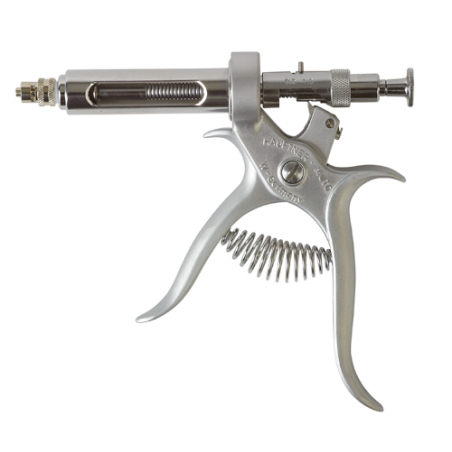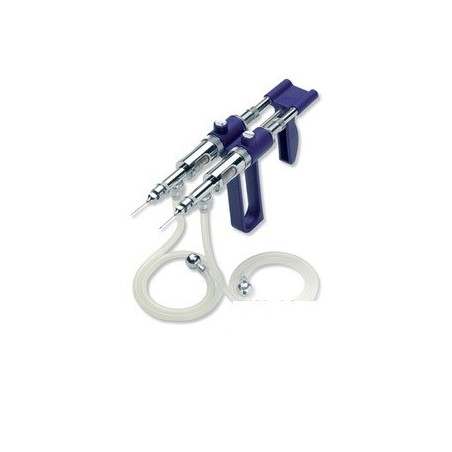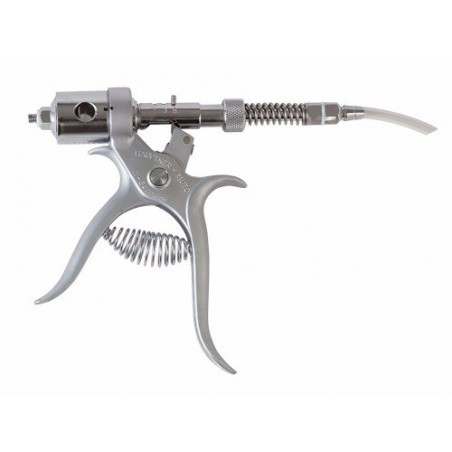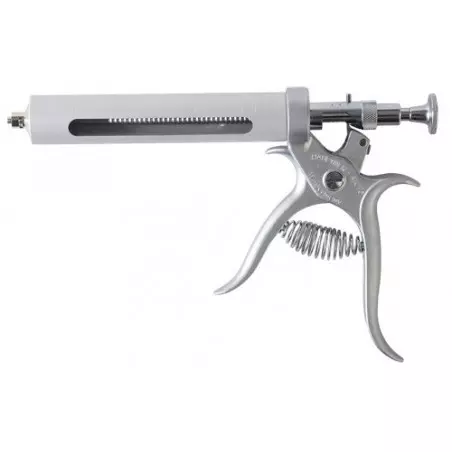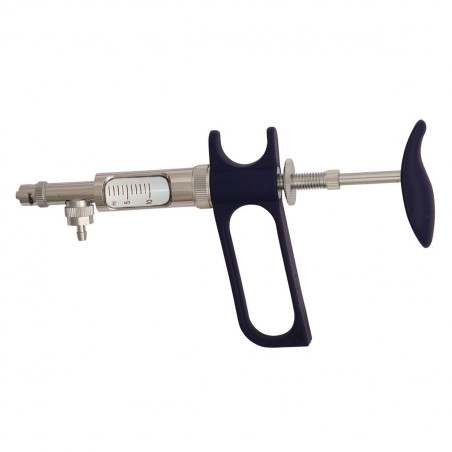One of the many definitions of the word paradigm is a pattern or model, an example beyond any doubt.
This is a very unique time for European pig farming, to such an extent that a real paradigm shift is taking place. In effect, the continuous losses in recent years have led to the ongoing abandonment of the finishing pig business in Central Europe. All countries, without exception, are announcing major reductions to their herds.

In Spain, we see that in 2022 there were 1,700,000 fewer pigs were slaughtered than in 2021, according to data from MAPA. In 2021 there were 58,370,000 pigs slaughtered and in 2022 there were "just" 56,653,000. It is significant that the number slaughtered in the first semester of 2022 was even higher than the previous year; the consequences of PRRS were clearly manifested from July onwards, not before.
For a few years now, the European Union's level of self-sufficiency has been around 125%. With the reductions (structural in Central Europe, circumstantial in Spain), it is likely that this level of coverage will only be 110% in 2023. It so happens that the EU is permanently in surplus of some items and there has been a significant imbalance of others.
We are experiencing a restructuring of the European swine industry. The herd reduction in Central Europe is structural (as mentioned above) and we believe it is permanent and irreversible, while in Spain the production capacity remains intact (no dams have been slaughtered) provided the (for now explosive) virulence of PRRS is attenuated. There is no doubt that the specific weight of Spain in the European pig industry is increasing and will continue to do so. This is an irrefutable fact.
Pork prices have risen and are trading at levels never before reached. At this point we do not know what the decline in consumption will be due to inflation and consumer hardship; there will undoubtedly be changes in consumption habits and pork consumption will decline across the EU. We lack the ability to gauge by how much.
The crux of the matter is whether the reduction in consumption (which is inevitable, as inflation is gripping many households and prices are increasingly unaffordable) will be greater than, equal to, or less than that of production (which is expected to fall by more than 10% according to all sources).
We find ourselves in a true uncharted dimension that is leading us towards a paradigm shift. It seems to us that few things will ever be the same again:
- The center of gravity of European pig production is shifting to Spain.
- European pig production is decreasing; with the exception of Spain, all countries have fewer dams.
- In line with the above, the EU's self-sufficiency rate will tend to decrease, approaching 110% instead of 125% as it was until recently.
- The number of players in all links of the chain is decreasing, following an inevitable concentration. Fewer and larger operators are the trend. The current tensions will accelerate concentration.
- High pork prices will lead to consumers giving up or substituting legumes, cheese, and chicken for pork as likely alternative protein sources.
March is ending with historic record prices throughout the EU. In Spain, we have surpassed the ceiling of 2€/kg live, which is truly EXTRAORDINARY AND HISTORIC. Let us also mention that the differential between Spain and Germany remains comfortably above 25 cents per kilo in carcass: more than enough to guarantee good profitability for Spanish farms.
There is a lack of pigs- many pigs- and for the time being, there is no solution to this situation. We will have to face reality and reduce, or adapt, the workforce to the existing workload.
The price of Spanish pigs is climbing to dizzying heights. The price has practically doubled from the end of January of last year (1.02 €/kg live) to today. None of the links in the chain can afford such an increase. There is a lack of working capital and the prices of the final product have fallen ultra-short. There will be damage.
A great wave of concern (and bewilderment) is sweeping across Europe, with varying nuances depending on the territory:
- In Germany, barely 740,000 pigs a week are being slaughtered, whereas three years ago it was easily over 1 million a week. The question is where and how to close slaughterhouses.
- In France, dragged along by the peculiar VPF initiative (French pork), prices are even higher than in Spain. The farmer's margin is guaranteed, but this is not the case for all the other links in the chain, which are suffering tremendously. Eight consecutive weeks with maximum increases have put all stakeholders under pressure.
- In Denmark, the price remains well below the European average (still, this price does not include the yearly bonus farmers receive from the slaughterhouse) due to the weakness of exports to third countries where Denmark's main markets are. A herd decrease of more than 10% has been announced for this year.
- In the Netherlands, many dams have been slaughtered. Piglets are sold at stratospheric prices (well over 100 euros per head!). They say that everyone suffers there except for the farmers.
- In Italy, the few remaining pigs are priced on a live basis at over a whopping 2.20 euros per kilo live. We should remember that they prefer pigs to be over 160 kilos live. Slaughter is at extraordinarily low levels.
Right now, all of Europe is holding its breath as it awaits new developments following the Easter season; we do not know whether the drop in consumption will be significant enough to hold back future increases or whether, on the contrary, the lack of pork will be such that prices will have a few more notches to go up still.
We will end with a quote from a wise anonymous author: "Life isn't about waiting for the storm to pass, it's about learning to dance in the rain."
Guillem Burset







